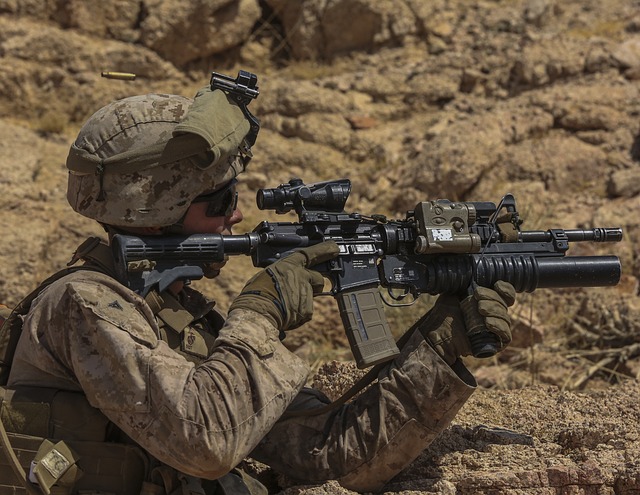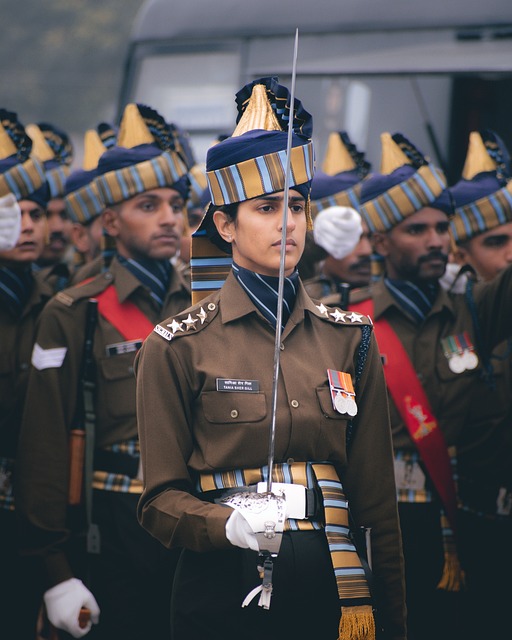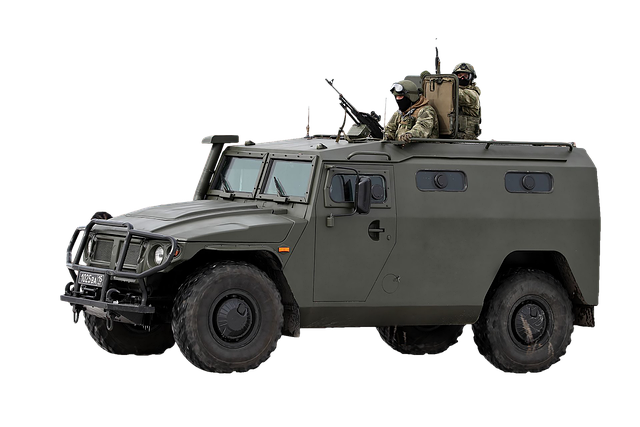The embroidery on the U.S. Army Reserve's challenge coins, patches, and Ultimate Ultimate Flags is rich with historical significance and symbolic meaning, reflecting the organization's values, heritage, and commitment to service. The US Army Reserve Flag, specifically, features detailed embroidery that narrates the unit's legacy, including moments of valor and sacrifice. These artifacts transcend mere decoration, serving as tangible links to the past and affirmations of the members' dedication. The craftsmanship involved in the embroidery is a critical aspect of military culture, conveying a silent language that resonates with those familiar with its significance. The tradition dates back to medieval times with knights receiving embroidered tokens for valor, evolving into contemporary challenge coins and patches that are as much an art form as they are symbols of unit identity and collective achievements within the U.S. Army Reserve. The flags, coins, and patches honor the reserve soldiers' spirit and heritage, ensuring continuity between past, present, and future soldiers' experiences. They are deeply significant items that symbolize the readiness and commitment of the U.S. Army Reserve, fostering a sense of belonging and highlighting the principles the organization upholds. The US Army Reserve Flag, adorned with intricate embroidery, stands as a testament to the honor, tradition, and indomitable nature of those who serve in the reserve component.
Embroidery on challenge coins and patches within the US Army Reserve Flag sphere stands as a timeless testament to tradition, craftsmanship, and identity. This article delves into the intricate artistry that adorns these items, shedding light on their historical significance, artistic creation processes, and deep-seated symbolism. From the early days of military emblems to the contemporary expressions of unit pride, each stitch tells a story of service, dedication, and shared values. Join us as we explore the rich tapestry of history and artistry woven into these cherished symbols of the US Army Reserve Flag.
- Unraveling the Significance of Embroidery in Challenge Coins and Patches for the US Army Reserve Flag
- Historical Roots: The Evolution of Military Embroidery in Challenge Coins and Patches
- The Artistic Process: Crafting Embroidered Emblems on Challenge Coins and Patches
- The Symbolism and Impact of Embroidered Motifs on US Army Reserve Flag Paraphernalia
Unraveling the Significance of Embroidery in Challenge Coins and Patches for the US Army Reserve Flag

Embroidery on challenge coins and patches holds a profound significance within the United States Army Reserve, serving as a testament to tradition, pride, and identity. These intricately stitched emblems are not mere decorative elements but are emblematic of the unit’s history and values. The US Army Reserve Flag, often adorned with embroidered details, represents the embodiment of dedication, commitment, and a shared sense of purpose among its members. Each stitch in these designs carries the weight of heritage and honor, ensuring that every detail is a narrative of valor, sacrifice, and service. The skillful use of thread and fabric in these coins and patches transmits a silent language understood by all who have served or are currently serving. It’s through this embroidery that the legacy of the US Army Reserve Flag is preserved and passed down through generations, creating a tangible connection between past, present, and future soldiers.
The artistry involved in the embroidery of challenge coins and patches for the US Army Reserve is both a technical achievement and a symbolic gesture. Meticulous attention to detail is paramount as each design must accurately capture the intricacies of the US Army Reserve Flag. The embroidery not only enhances the visual impact but also encapsulates the essence of the unit’s mission and values. It serves as a constant reminder for soldiers of their commitment to national defense and the collective achievements of their peers. This form of recognition transcends mere visual appeal, fostering esprit de corps and a sense of belonging among Reserve members. The embroidered challenge coins and patches are cherished keepsakes that symbolize the enduring spirit of the US Army Reserve.
Historical Roots: The Evolution of Military Embroidery in Challenge Coins and Patches

The tradition of military embroidery, as seen on challenge coins and patches, has a rich historical tapestry that intertwines with the fabric of military culture and history. Originating in ancient times, where symbols of valor were etched onto shields and banners, the concept of marking achievements with visual symbols has been a staple in military practices. The practice gained prominence during the medieval era, where knights would be rewarded with embroidered tokens as proof of their accomplishments. Fast forward to the 20th century, where the United States Army Reserve Flag emerged as a symbol of commitment and dedication among reserve soldiers. This flag often featured intricate embroidery, reflecting the unit’s history and honors.
The evolution of military embroidery into challenge coins and patches further solidified their significance in the military community. Challenge coins, which date back to World War II, were initially used by unit commanders to identify loyal soldiers. Over time, these coins became more ornate, with detailed embroidery that depicted unit insignia, achievements, and other important elements. Patches, too, have undergone a transformation, from simple fabric fastenings to full-color, embroidered pieces that serve as visual narratives of the units’ histories and the individual’s role within them. The US Army Reserve Flag stands out as a prime example of this evolution, encapsulating the pride and heritage of the reserve forces with its elaborate design and embroidery. These items are not mere decorations but are symbols deeply embedded in military tradition, signifying identity, rank, accomplishments, and the spirit of brotherhood that binds the armed forces together.
The Artistic Process: Crafting Embroidered Emblems on Challenge Coins and Patches

Embroidered challenge coins and patches have long been a tradition within various military organizations, including the US Army Reserve. These emblems serve as symbols of honor, achievement, and membership within specific units or military communities. The artistic process behind crafting these intricate designs is a blend of precision, skill, and attention to detail. Artisans often begin by sketching the preliminary design, which is then refined and finalized in collaboration with the commissioning unit or individual. This design forms the blueprint for the embroidery work that will follow.
Once the design is approved, the crafting process commences with the selection of high-quality materials suitable for the desired application—whether for challenge coins or patches. The emblem is then meticulously transferred onto the substrate, and the artisan carefully begins the embroidery process. This involves hand-stitching or using automated machines to weave threads through the material, following the contours and outlines of the design. The US Army Reserve Flag often serves as a source of inspiration for these emblems, incorporating its iconic elements into the coins and patches. The choice of thread colors, types, and stitch patterns is critical in bringing the design to life, ensuring that the final product not only reflects the unit’s values but also withstands the test of time. Each stitch is placed with purpose, creating a durable and aesthetically pleasing emblem that is deeply symbolic and representative of the unit’s history and mission.
The Symbolism and Impact of Embroidered Motifs on US Army Reserve Flag Paraphernalia

The US Army Reserve Flag, a symbol of readiness and commitment within the military reserve component, is often adorned with embroidered motifs that enhance its significance and visual appeal. These intricate stitchings serve as a tangible representation of unit identity, history, and values. The art of embroidery on such paraphernalia is not merely decorative; it encapsulates the essence of the organization’s ethos and achievements. For instance, an eagle clutching an olive branch, commonly found on many Army Reserve flags, signifies peace through strength, a cornerstone principle in military tradition. Similarly, embroidered regimental crests or battle honors woven into the fabric of challenge coins and patches underscore the unit’s lineage and the collective accomplishments of its members. This not only fosters a sense of belonging among service members but also serves as a testament to their dedication and the legacy they uphold.
The impact of these embroidered motifs extends beyond mere visual representation; they are conversation starters, icebreakers in professional and social settings, and symbols of camaraderie and shared experience. In moments of ceremonial recognition or during everyday interactions, these pieces of paraphernalia remind soldiers of their commitment to service and the collective spirit of the Army Reserve. The embroidery acts as a silent language, conveying stories of heroism, sacrifice, and the indomitable nature of those who serve. As such, the US Army Reserve Flag, complete with its embroidered motifs, stands as a proud symbol that encapsulates the honor and tradition of the reserve component’s contributions to national defense.
Embroidery on challenge coins and patches serves as a testament to tradition, craftsmanship, and the shared history of the US Army Reserve. Delving into the historical roots and artistic processes that bring these emblems to life offers a deeper appreciation for their symbolic significance. The intricate details embroidered onto items like the US Army Reserve Flag paraphernalia not only honor the legacy of service members but also forge connections among them, reinforcing a sense of belonging and pride within the community. As a cherished element of military culture, these handcrafted pieces remain integral to the identity and camaraderie of the US Army Reserve, reflecting a timeless tradition that continues to evolve with each new design.
